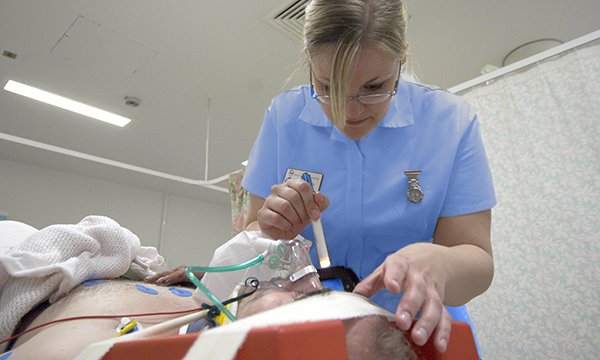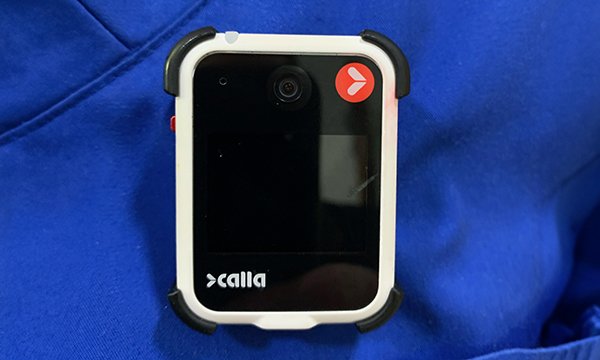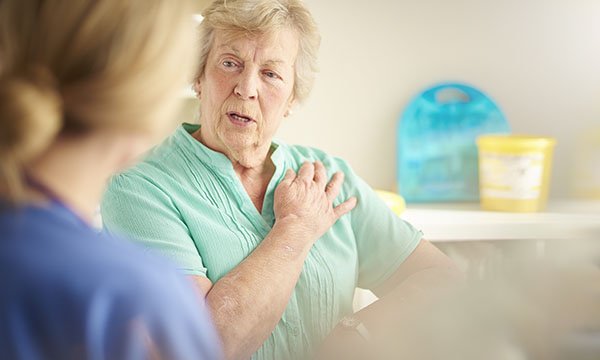Clinical
Our clinical nursing articles aim to inform and educate nurse practitioners and students. This is achieved through the publication of peer-reviewed, evidence-based, relevant and topical articles.
A strategic solution to preventing the harm associated with ambulance handover delays
Why you should read this article: • To recognise that overcrowded emergency departments result in ambulance handover delays causing avoidable harm to patients awaiting assessment • To identify how forward planning and anticipatory escalation processes can reduce the potential for patients to experience avoidable harm • To learn how a strategic quality improvement project improved patient safety and the working lives of front-line healthcare professionals Ambulance handover delays arise when emergency departments become overcrowded as patients waiting prolonged periods for admission occupy clinical cubicles designed to facilitate the assessment and treatment of emergency arrivals. In response, many organisations become reliant on temporarily lodging acutely unwell patients awaiting admission in undesignated areas for care such as corridors, to provide additional space. This results in a significant risk of avoidable harm, indignity and psychological trauma for patients and has a negative effect on the well-being of healthcare professionals, since unacceptable standards of care become normalised. A two-phase strategic quality improvement project was implemented at the authors’ acute trust. Ambulance handover data from between 2 November 2020 and 26 July 2021 provided a benchmark for the project. The first phase was implemented between 2 November 2021 and 26 July 2022 and aimed to reduce 60-minute ambulance handover delays. The second phase was implemented between 2 November 2022 and 26 July 2023 and aimed to eradicate 60-minute ambulance handover delays and improve overall performance. Phase one resulted in a 32% reduction in 60-minute ambulance handover delays. Phase two resulted in a 97% reduction in 60-minute ambulance handover delays. Over the course of the project there was a 24% increase in handovers completed within 15 minutes. This project demonstrates how strategic planning and collaboration between healthcare teams can reduce the potential for avoidable patient harm, while simultaneously promoting workforce well-being and retention.
Improving suicide risk screening in the emergency department
Learn about the use of the Columbia-Suicide Severity Risk Scale
Developing a major trauma course and coaching programme for ward nurses
A bespoke course is helping to increase nurses’ competence when caring for patients with complex trauma
Reducing the burden on ambulance services and EDs: a mental health initiative
How mental health professionals worked with 999 call centre clinical support in Wales
Nitrous oxide tank cold burn to forearm: case study and discussion of the literature
N2O burn presentations are increasingly common in EDs, pointing to need for more formal care guidelines
Using body-worn cameras in emergency departments: a pilot project
A rise in violence at one trust prompted the introduction of body-worn cameras
Improving care for patients who experience miscarriage in emergency departments
A practice innovation to improve care and increase nurses' confidence in breaking bad news
How to triage patients in the emergency department
Familiarise yourself with the steps required when triaging a patient in the ED
Enhancing the nutritional care of older people by recording actual body weight
A quality improvement project showed a simple intervention of relocating scales had a positive effect
Supporting nurses in acute and emergency care settings to speak up
How nurses can overcome barriers to raising concerns with senior clinicians in acute and emergency care
Sickle cell disease: healthcare professionals’ views of patients
Examining why the care of people presenting to the emergency department is often suboptimal
Maximising nurse-patient communication in the emergency department
How to remove or reduce barriers to have effective conversations with patients and colleagues












